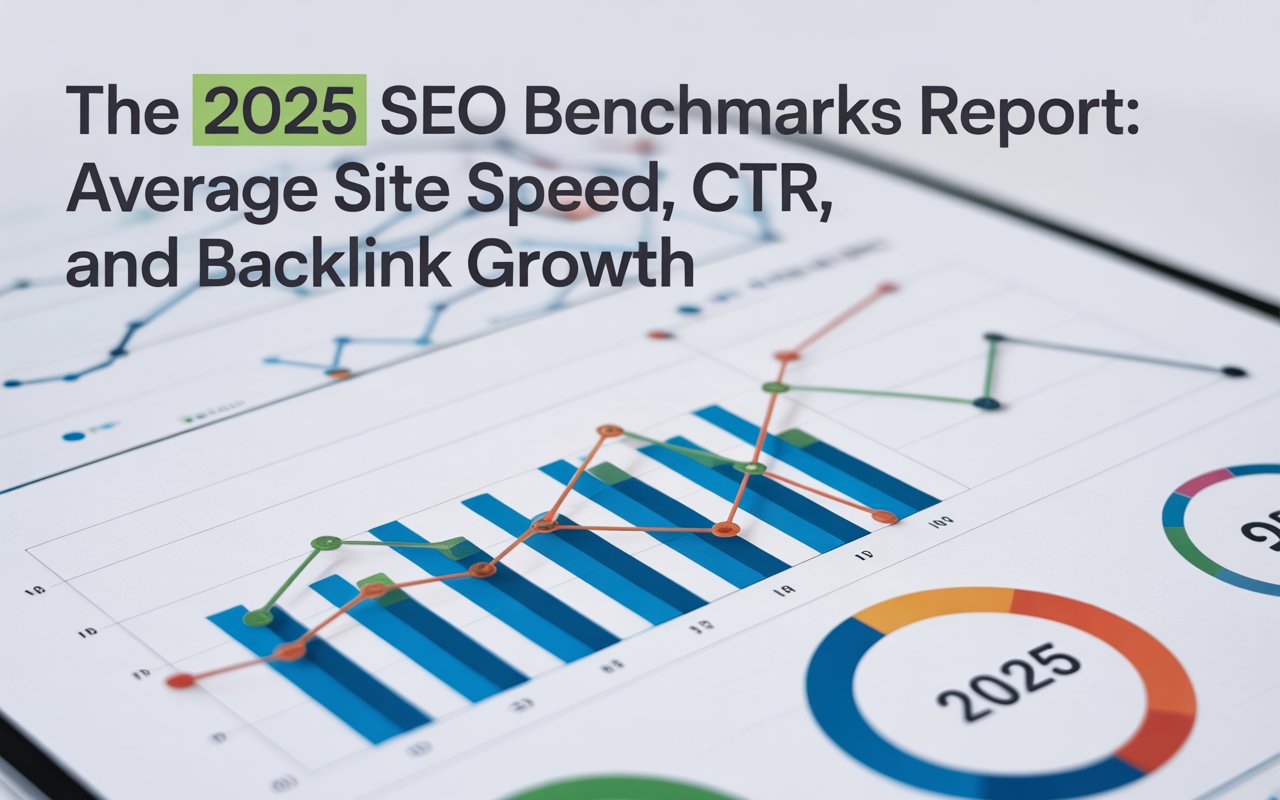
For any website to attract the optimal amount of traffic, it is imperative to adapt ethical techniques for SEO. Not only will this ensure a larger number of visitors, but will also help the potential customers to find a website with better efficiency, which is something essential in order to consistently stay on top of one’s game. Today, we discuss the most promising ethical SEO tips which will help boost your search rankings for good. [toc]
Well-Researched Page Titles
Search engines primarily rely on the page title to display a given page in search results, and needless to say, the more appropriate the title, the higher it appears on the SERP. A page title acts as the interface between your content and what the user is looking for. Hence, it makes sense for your page title to communicate the essence of our content, preferably through a major keyword, which will help the user identify its importance, thus garnering more clicks. Furthermore, it is the title that tells the search spiders about the contents of the page. Given that the title is restricted to 50-60 characters, it is imperative that it is as precise and compelling as it possibly can be.

Keywords Research
For your page to rank well in search results, it is extremely important that your content resonates well with what your audience is looking for. You can conveniently use Google's Keyword Tool to find out the most searched keywords as well as phrases with respect to your niche. That being done, all you need to do is ensure that these keywords and phrases are strategically scattered out through your content. While it is a great idea to ensure that your page title, as well as sub headers, comprise of the keywords, you must see to it that you do not overuse them, lest your page will be flagged as spam by web-crawlers. Some More Keywords Research Tool for Practice:
- Google AdWords Keyword Planner
- Bing Keyword Research Tool
- WordStream Keyword Research Tool
- Keyword Tool
Alt Tags
For every image or video that you have on your website, it is recommended that you add a descriptive text to their imprint, preferably using keywords. This text, also known as alt tag, will subsequently help the search engines to locate your page along with high-quality content that is published on your site. This will overall increase the frequency of your site being found by various users, thus contributing to a better page ranking. For Example: <img class=”alignCenter shadow” src=”image.jpg” alt=”image-description” title=”image tooltip”/>
Deep Internal Linking
As a part of implementing on-site SEO techniques, you must ensure that a well-organised link structure exists throughout your website which helps keep all the pages connected to one another either in a web-like manner or via a specific hierarchy. You can do so, either by creating an elaborate menu for the site on the landing page or by means of a sitemap. This simple step will help the search engine crawlers to locate and index your site and its pages in a rather swift and efficient manner.

Source: neilpatel.com Read More: How to Rank Your Internal Pages Higher Than Your Homepage
Mobile Friendly Site
Organic traffic as high as 50% was generated through mobile phones in the year 2016. This fact is reason enough for you to invest in a website that responds equally well on smartphones and other handheld devices as it fares on laptops and desktops. In fact, mobile-friendly sites also receive a higher ranking on Google’s SERP. Google is constantly on the lookout to improve the user experience, which also happens to be a great way of wooing customers to your site. Thus, adapting this simple yet effective technique must be on the top of your priorities. Some Mobile-Friendliness Tools:
Ignore use of Flash
Search spiders responsible for indexing your websites are only capable of reading the text and do not analyse the Flash files. Hence, you must stay away from Flash-based site navigation tools. This is also applicable to any content that you create and publish in the form of an image. The search bots will not be able to pick up the relevant content or keywords used in such a form and hence won’t contribute towards your page rankings. Thus browsing codes such as CSS or jQuery must be used almost always, and your site must be WordPress based instead of Flash-based in order to achieve a higher ranking with Google. While this may seem to be a little cumbersome at the beginning, the results will prove to be worth the efforts.
Update Content Frequently
Content is key to the success of your site. However, simply putting relevant content laced with keywords is not the only way to boost your rankings, not in the long run anyway. For your site to fare well consistently, it is required that you regularly update the content preferably through blogs and articles relevant to your business. A site with fresh content is deemed more credible and relevant by Google as well as by most users.
URL Structure
Optimizing each of your site’s webpages is one of the easiest and most rewarding techniques of all. You can do so by making sure that every page of your site has a distinct URL which is SEO-friendly. The URL must describe the content of the page accurately. However, the URL must not be too long or have many slashes. The URL must be fairly precise. Also, multiple keywords in the URL must be separated with hyphens. A good example of an optimal URL structure is <www.yourfavouritesite.com/tips/making-the-best-sandwich>.
Build Natural Links
Google’s algorithm is programmed in a way that sites with a higher number of organic links rank better. This is based on the logic that higher the number of third party recommendations for your site, the greater is its relevance as well as credibility. This can be achieved by ensuring that your content is informative as well as engaging at the same time so that it is increasingly shared by other websites as well as through social media platforms. In order to make sure that this process is persistent, you should monitor the growth of old links and trigger that of new links, on a regular basis.
Take Help of Social Media
Social signals largely impact Google’s SEO rankings and this is only going to advance in the coming future. Not only is this a great way of reaching out to hundreds and thousands of people at the same time, social media pages also help build the credibility of your business. In order to maximize the benefits of various social media platforms, you can start by registering your presence on them. Set up social media pages for your business on Facebook, LinkedIn, Instagram and Google+ among others, wherein you can engage with your audience on a day-to-day basis. Next, enable as many social media plug-ins on your webpages as possible. These, in turn, will help your visitors conveniently share and spread the word about the invaluable content that you have on offer. This will further assist in creating some quality backlinks thus helping your SERP ranking grow better with each passing day.





